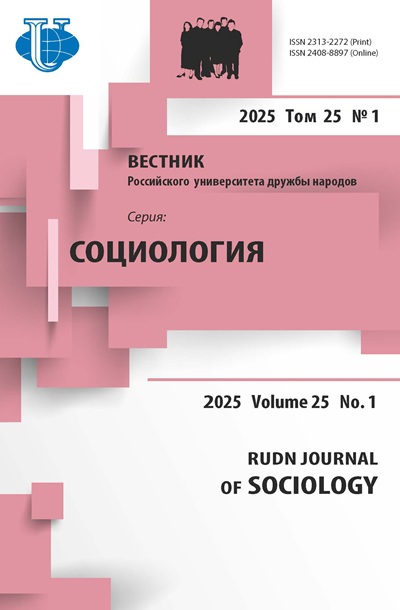Abstract
The article evaluates the level of influence of the Christian Churches in the European Union. In order to identify this influence, the author considers such variables as the degree of the religiosity of the state and the presence of Churches at the supranational (EU) level. Using the parameters of religiosity - belief in God, belonging to a particular denomination, and the confidence in the Church - the author identifies areas of high, medium and low influence of the Churches in the EU. The area of high influence includes Cyprus, Greece, Malta, Romania, Italy, Croatia and Poland; the medium influence area includes Germany, Spain, Finland, Ireland, Slovenia, Portugal, Denmark, Sweden, Luxembourg, Slovakia, Bulgaria, Hungary, Lithuania and Austria; and the low influence area - Estonia, the Czech Republic, France, the UK, Belgium, Latvia and the Netherlands. Only countries with the homogenous Catholic or Orthodox population are inside the area of the high influence, while the countries with multi-confessional population are mainly in the area of low influence. This is partly due to the historical circumstances, but also to the rivalry between denominations, their ability to work together, and peculiarities of social doctrines. The author believes that all Christian denominations, with the exception of some Free Churches, show readiness to cooperate with the EU institutions on a variety of issues, which is confirmed by the growing number of religious representations in Brussels, where the Catholic Church has managed to establish the most influential and professional bodies, followed by the Orthodox and then by the mainstream Protestants. However, European institutions do not show the same degree of openness and eagerness to interact with the Christian Churches as the latter express about interacting with the EU.














